Plumbing is the unsung hero of a comfortable home, quietly ensuring that life flows smoothly in and out of our daily routines. For homeowners, DIY enthusiasts, and professional plumbers alike, a solid understanding of the different types of plumbing systems and plumbing pipes is crucial.
This knowledge not only aids in routine maintenance but also empowers informed decision-making when upgrades or repairs are needed.
Common Types of Plumbing Systems
Residential Plumbing Systems
At its core, residential plumbing can be divided into two main systems:
- Portable water supply
- Wastewater removal
The former brings fresh water into the home for drinking, cooking, and bathing, while the latter efficiently transports wastewater away, ensuring health and hygiene.
Plumbing Pipe Materials
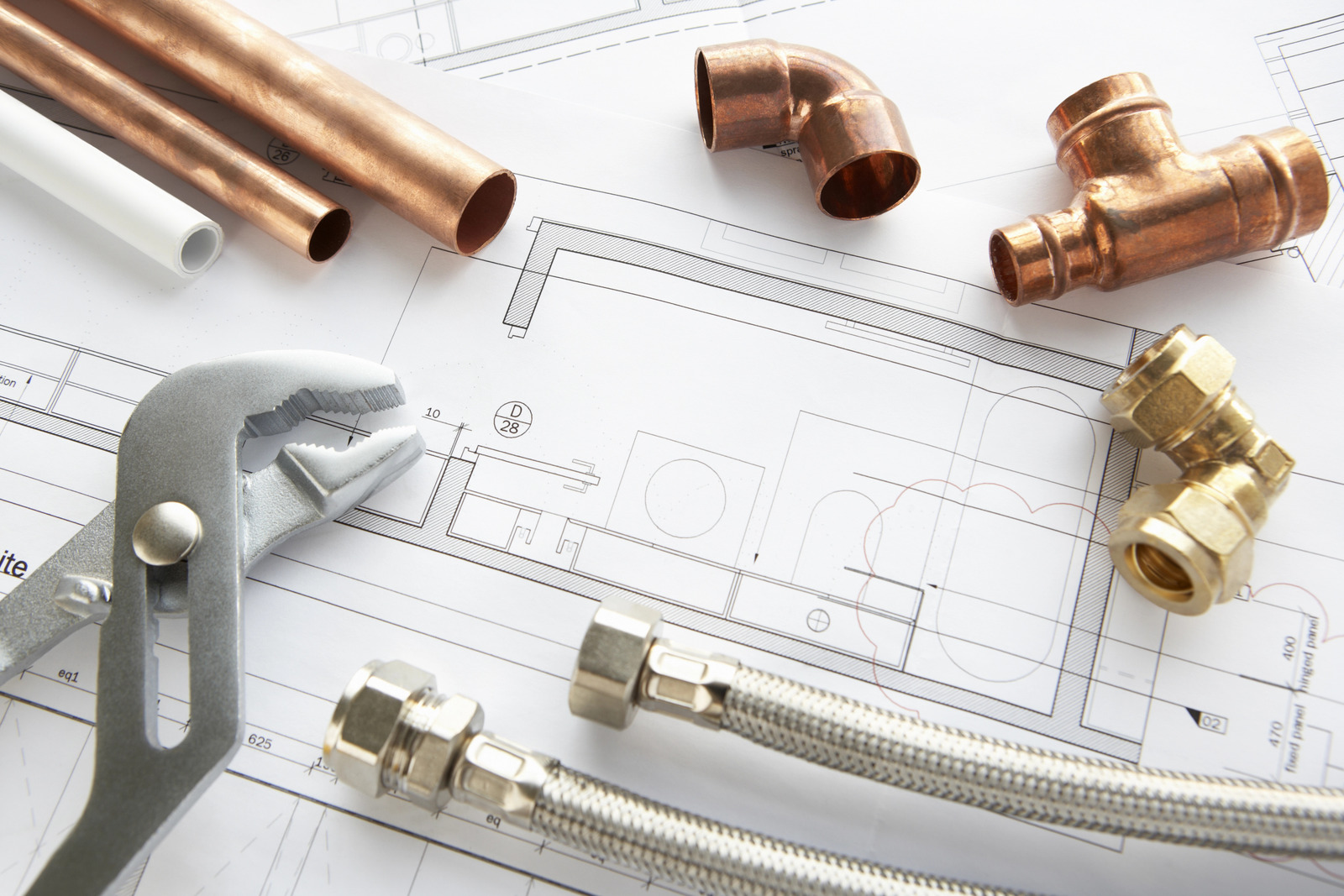
The veins and arteries of any plumbing system are the plumbing pipes themselves, which come in various materials:
- Copper Pipes: A traditional choice known for its durability and reliability. However, it’s relatively expensive and requires professional installation.
- PVC Pipe (Polyvinyl Chloride): Lightweight and resistant to corrosion and chemical damage. It’s an affordable option for wastewater lines but not suited for hot water due to heat sensitivity.
- PEX Pipe (Cross-linked Polyethylene): Flexible, easy to install, and resistant to scale and chlorine. PEX is an excellent material for water supply lines, offering a cost-effective and versatile solution.
- Cast Iron Pipe: A popular choice for waste and vent lines, cast iron pipes are durable and long-lasting.
- Galvanized Steel Pipe: Used primarily for water supply lines, galvanized steel pipes are strong but prone to rusting over time.
Residential and commercial plumbing systems also feature different types of fixtures, such as faucets, toilets, and sinks. Each fixture has its own unique function and may require specific materials for optimal performance.
Water Supply Lines
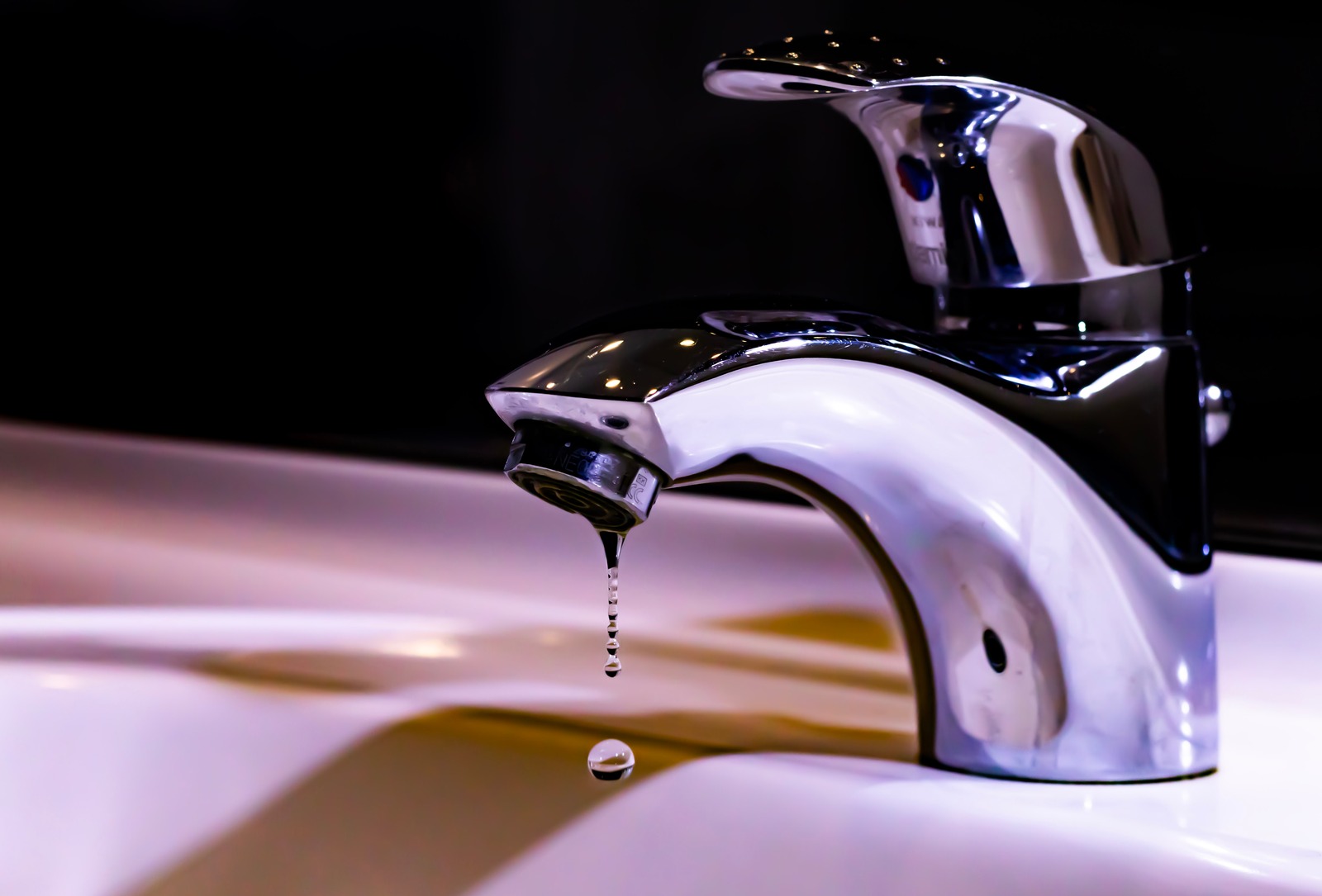
Water supply lines carry fresh water from the main municipal or private source into the home. These lines are typically under constant pressure, delivering a steady flow of clean and safe water.
Some common types of water supply lines include:
- Copper Pipes: Often used for both cold and hot water supply due to their corrosion resistance and durability.
- PEX Pipe: Easy to install and resistant to freezing, PEX is a popular choice for water supply lines.
- Galvanized Steel Pipes: Although not as popular as copper or PEX, galvanized steel pipes are still used for water supply due to their strength and affordability.
Wastewater Lines
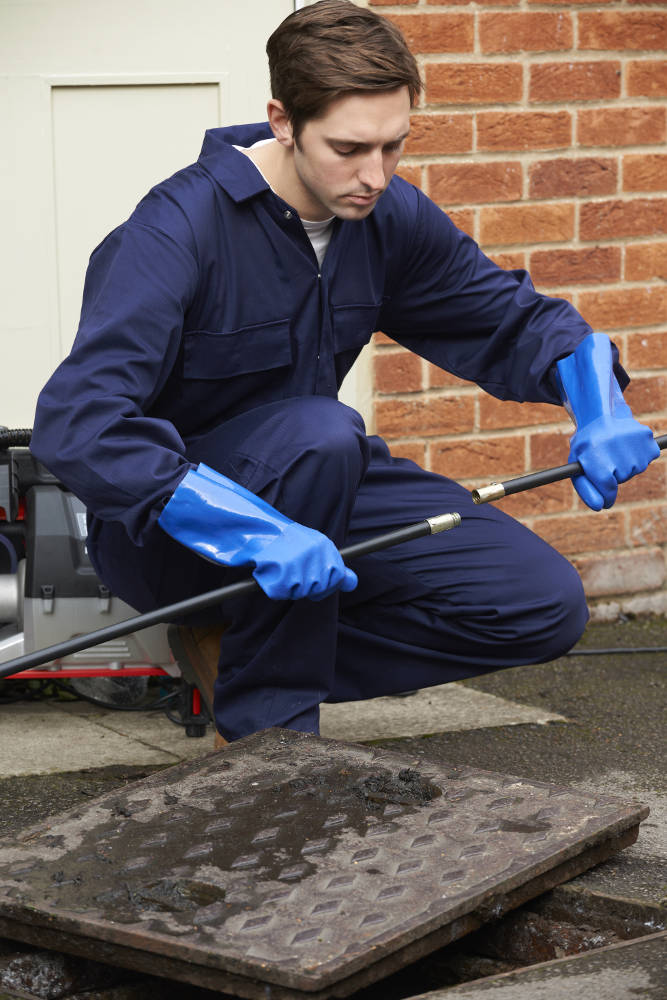
Wastewater lines, also known as drain lines, remove dirty water from various fixtures and appliances in the home. These lines rely on gravity to move wastewater through a series of pipes and into the main sewer line.
Drainage Systems
Drainage systems work alongside a home’s plumbing system to remove wastewater from the premises. They usually consist of:
- Drain Pipes: These sewer pipes carry wastewater away from the home. Materials used are usually PVC pipes, cast iron pipe or ABS pipe.
- Traps: These are curved sections of pipe that hold water and prevent sewer gases from entering the home. Traps are typically made of PVC pipe, cast iron pipe or brass pipe.
- Vents: Vents provide air circulation in the plumbing system, preventing negative pressure and allowing wastewater to flow smoothly. They are usually made of PVC pipe, cast iron pipe, or galvanized steel.
- Cleanouts: These access points allow for easy maintenance and repair of the plumbing system. Cleanouts are typically made of copper plumbing pipes or PVC pipe material.
The Importance of Regular Plumbing Maintenance
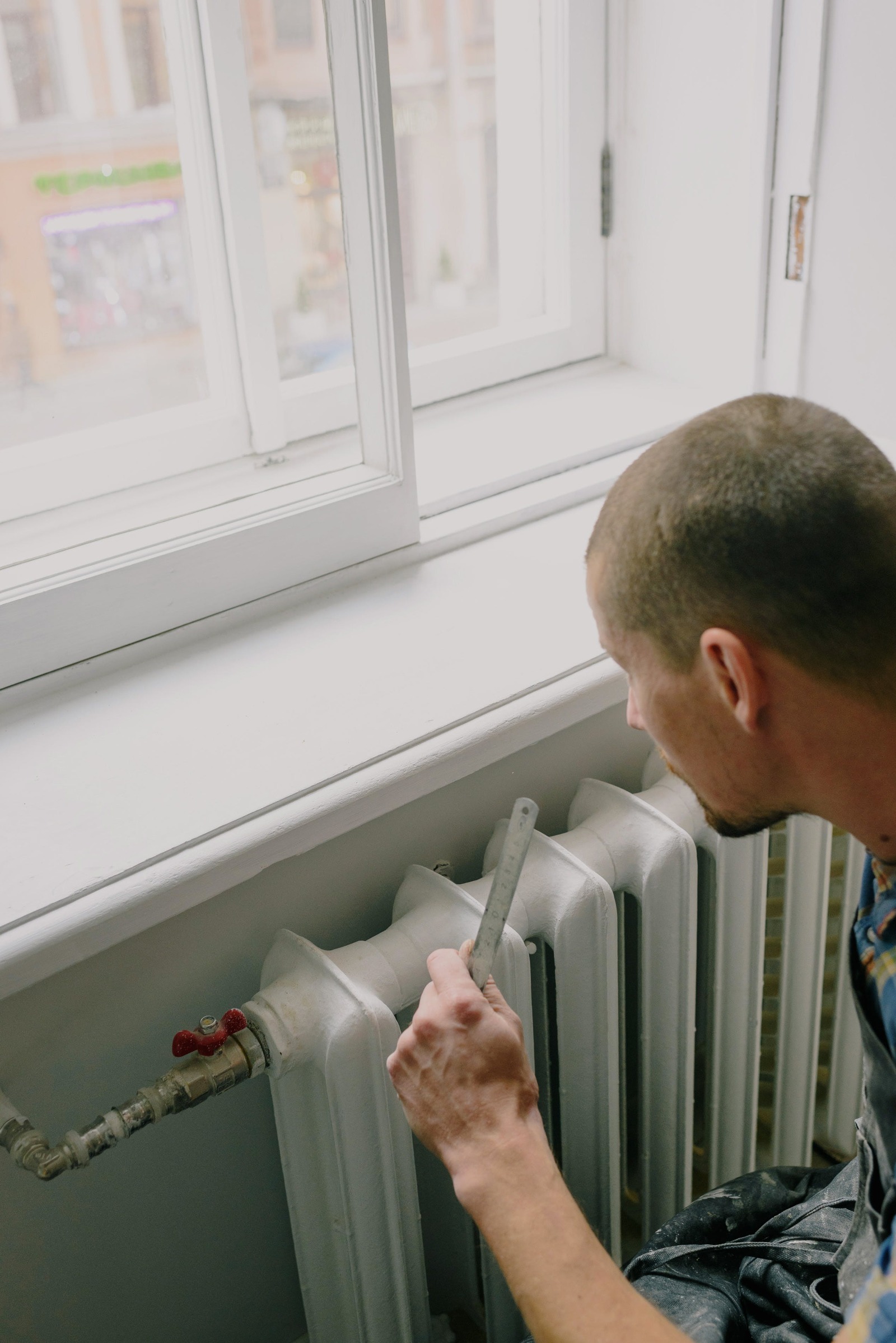
Proper maintenance is key to prolonging the lifespan and efficiency of your home’s different types of plumbing systems and plumbing pipes.
It involves routine checks for leaks, clogs, and any signs of wear and tear. By staying vigilant, you can catch small issues before they escalate into costly repairs or replacements.
Regular maintenance also helps to keep your plumbing systems running efficiently, reducing water waste and saving you money on utility bills. It also ensures the safety of your home by preventing potential health hazards caused by leaky pipes or faulty fixtures.
Specialized Plumbing Systems
Hydronic Heating Systems
These utilize the water supply to heat a space. Hot water is circulated through pipes embedded in floors or baseboard heaters, providing even and efficient heating.
The benefits include lower operating costs and enhanced comfort without circulating dust and allergens.
Rainwater Harvesting Systems
These systems capture rainwater from roofs, storing it for non-potable uses like gardening or flushing toilets.
They reduce demand on municipal systems and lower water bills, contributing to sustainable living.
Greywater Recycling
Greywater recycling involves reusing water from sinks, showers, and washers for irrigation and other non-potable uses. It’s a sustainable practice that conserves water and reduces wastewater production.
Emergent Technologies in Plumbing

Smart Plumbing Fixtures
The Internet of Things (IoT) has found its way into plumbing with smart faucets, showers, and leak detection systems that offer convenience, efficiency, and peace of mind.
These technologies can monitor water usage, detect leaks early, and even prevent water damage through automatic shut-off mechanisms.
Green Plumbing Solutions
Energy-efficient water heaters, low-flow toilets, and showerheads, and other green technologies help conserve water and energy, lowering utility bills and lessening environmental impact.
DIY Tips and Maintenance
Understanding common plumbing issues and their fixes can save homeowners time and money. From fixing a leaky faucet to unclogging drains, many minor repairs are manageable with basic tools and knowledge.
Regular maintenance, such as inspecting pipes for leaks and clearing out clogs before they become serious problems, is essential for the longevity of plumbing systems.
Hiring a Professional
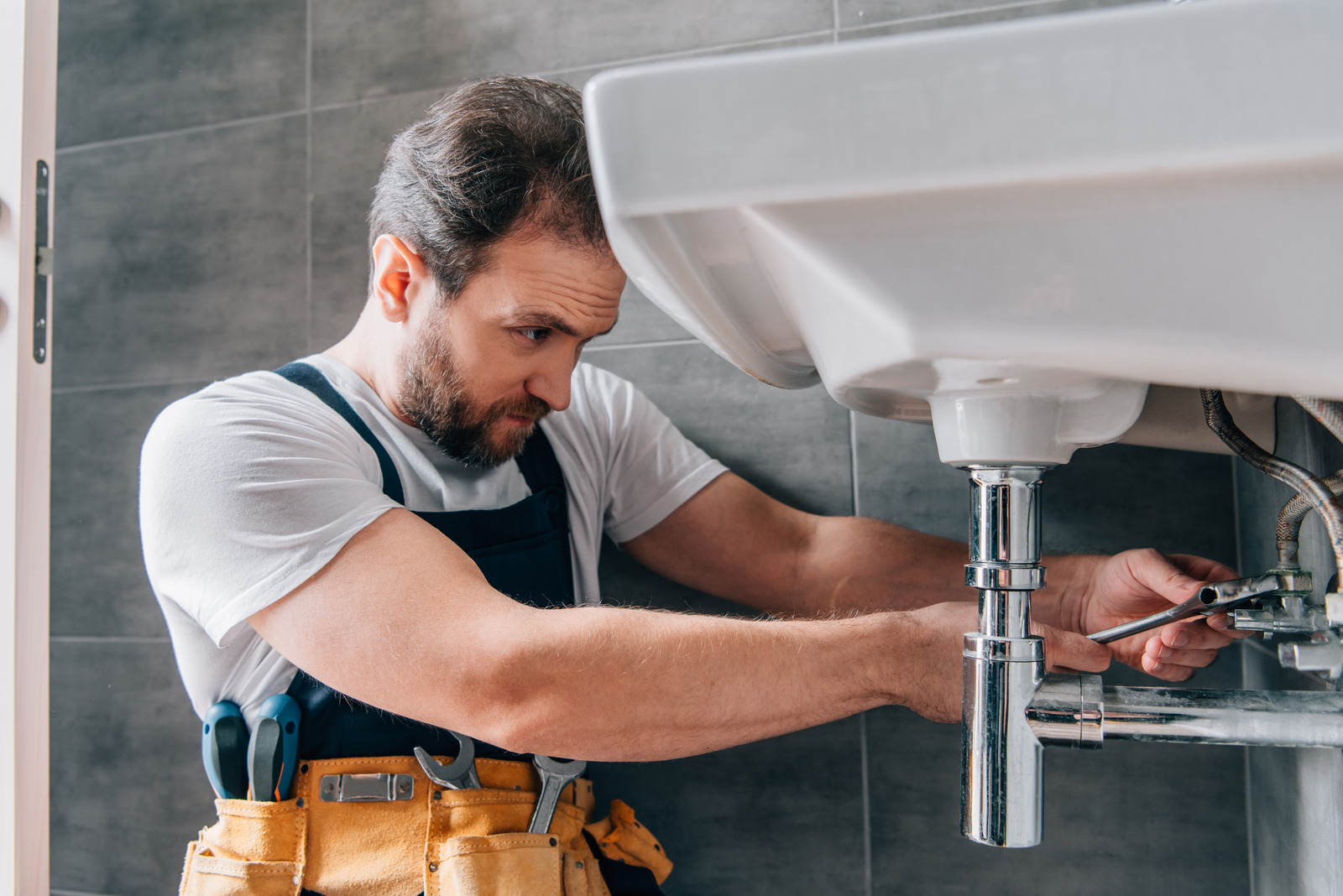
While DIY can handle many aspects of plumbing, certain situations call for professional expertise. Signs that you need a plumber include persistent leaks, low water pressure, and major installations or renovations.
Conclusion
Residential and Commercial buildings rely on efficient plumbing systems and plumbing pipes for daily tasks and hygiene. Familiarizing yourself with the different types of plumbing systems, their maintenance needs, and emerging technologies can help you keep your home’s plumbing running smoothly while reducing costs and environmental impact.
So don’t neglect your plumbing pipes; give them the care they deserve for a healthy, happy home!
